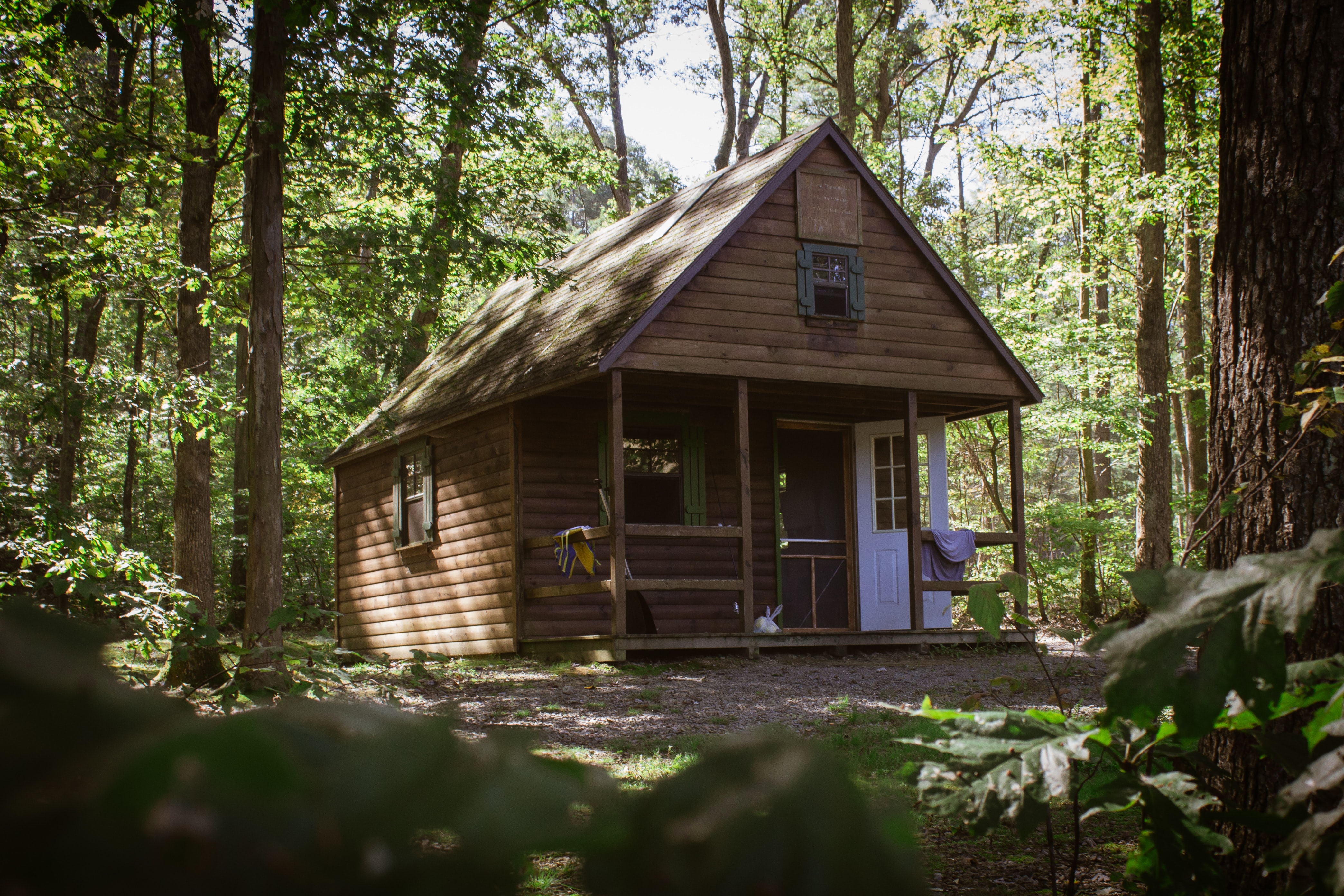Do You Live In an ‘SRA’ Area In California? This New Law Will (Greatly) Impact Your Home

Despite its great beauty, California is home to a variety of natural hazards. The state frequently ranks at or near the top of lists for both the greatest number of wildfires and total number of acres burned in any given year.
There is no understating the extreme danger that California’s wildfires can pose to lives and property. Because of this, the state government takes responsibility for preventing and suppressing wildfires in areas outside of federal ownership or city boundaries.
Of course, many people live in these areas — designated as a State Responsibility Area, or SRA. Residents of these areas are subject to various legal requirements, such as disclosing fire hazards in an NHD Report.
But the rollout of a new law will have additional impacts in an effort to reduce fire risk and inform homebuyers before they make a purchase.
Current SRA Requirements
First, it’s helpful to review the requirements that SRA homeowners were already subjected to — part of the reason why fire hazard disclosures are so vital in an NHD report.
In 2005, the state introduced a fire safety law extending the required defensible space clearance around structures in high-risk areas from 30 feet to 100 feet or the property line, whichever comes first. The goal of this increase was to help homes and other structures survive a wildfire, while also giving firefighters more space from which to safely fight fires.
With this extension, defensible spaces were further defined into two “zones.” In most areas, the first zone extends 30 feet from the home, though this can vary based on county or city requirements. The second zone covers the remaining distance to the 100-foot requirement.
To create a defensible space, property owners must clear out flammable brush and vegetation within the two zones. This includes a focus on both horizontal and vertical space, as creating open space between trees, shrubs and other plant life makes it harder for a fire to spread.
This is especially important in the area closest to the home. Defensible space requirements include trimming back any tree branches that overhang the home, keeping lawns mowed to a height shorter than four inches and not storing wood piles near the structure.
Homeowners must also take steps to “harden” their home against fire danger, such as using fire-resistant roofing materials and double-pane windows.
Beginning in 2011, homeowners in SRAs were also required to pay an annual fee of $150 per habitable structure on their property. This Fire Prevention Fee was designed to cover the services the state provided to homeowners living in these higher-risk areas, such as brush clearance around roads and communities and efforts to improve forest health. Homeowners could obtain a $35 reduction per structure if their property was also protected by another fire protection agency.
With fire danger seeming to increase each year, however, new legislation was passed in 2019 that has begun to take effect on SRA homeowners.
What Is Changing With the New Law?
California Senate Bill 190 was passed to allow greater enforcement of defensible space rules, as well as to ensure that property sellers would provide NHD reports and other key disclosure information to potential buyers.
As part of this update, the Office of the State Fire Marshal was required to provide greater guidance to property owners for creating a defensible space. The law also made provisions for regular site inspections of properties within high-risk areas. Property owners who aren’t compliant with defensible space requirements would be notified of violations, and could face citations.
Changes regarding Natural Hazard Disclosure information and construction disclosures are being rolled out on a gradual basis.
Beginning in 2020, property owners were required to give a copy of their home’s final inspection report to potential buyers if that report included information about the structure’s compliance with home hardening requirements.
Additional disclosures became a requirement at the beginning of 2021. If a home was built prior to 2010, sellers must provide a notice explaining how to harden a home against fire danger, as well as disclosing any property features that could put the home at greater risk of fire damage.
Beginning July 2021, sellers will also need to provide documentation proving that their property complies with local defensible space laws.
The final change comes in July 2025, when sellers will be required to list low-cost retrofits for home hardening. In addition to the Natural Hazard Disclosure, sellers will need to let prospective buyers know which of these retrofits have already been performed, and which still need to be done.
If you plan on selling your property in the near future, being aware of these important changes beyond the statewide requirement to provide an NHD report will be vital.
Protect Your Home — and Yourself
Living in an SRA that is part of a wildfire hazard zone comes with inherent risk — but for many, living in a desirable area filled with natural beauty is well worth it. However, not all homebuyers may feel the same way.
With its focus on the NHD report and additional disclosures, laws affecting homeowners living in SRAs ensure a fair and transparent process during any real estate transaction. Increased enforcement of defensible space regulations also lowers the risk for property owners by reducing fire hazards.
Through compliance with these new laws, homeowners living in SRAs can have greater peace of mind, knowing that they are better protected against fire threats.

